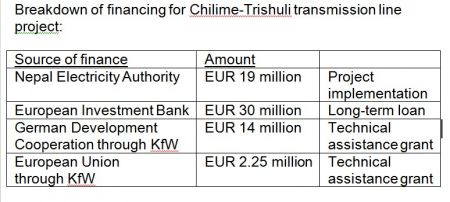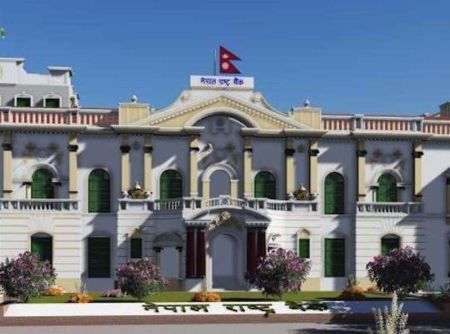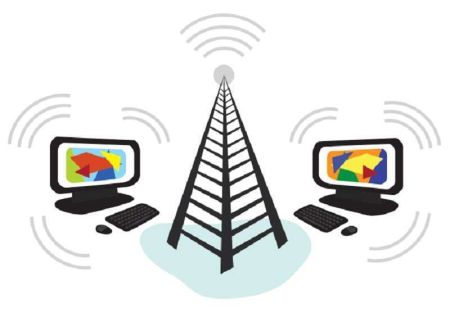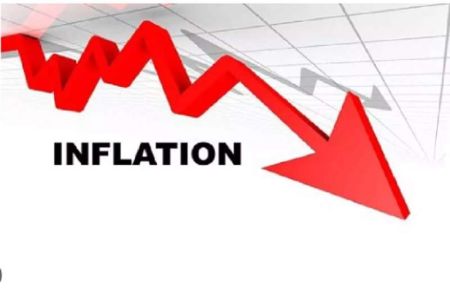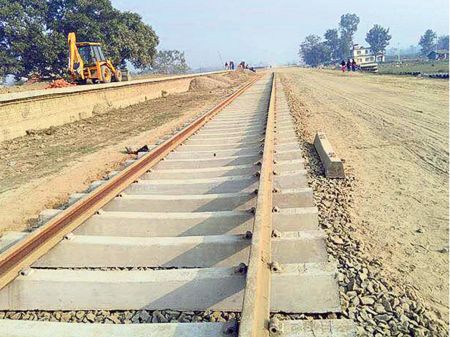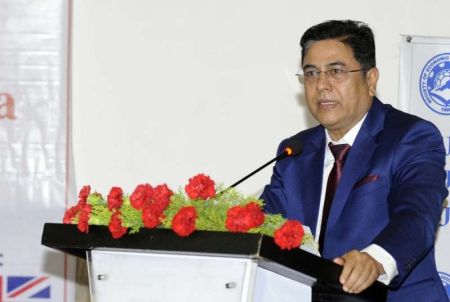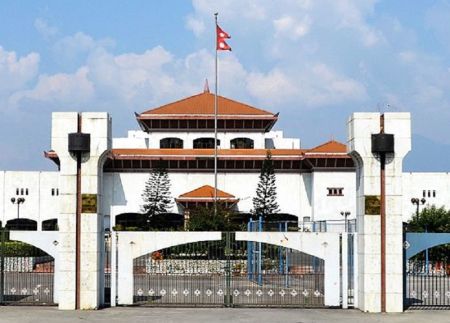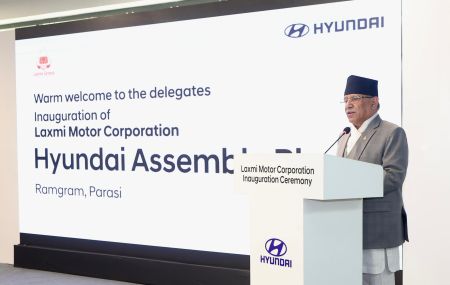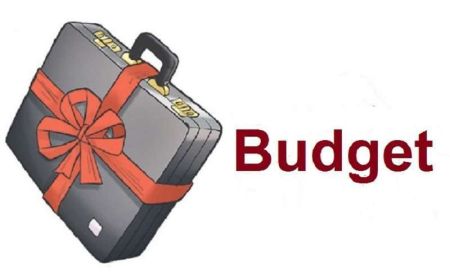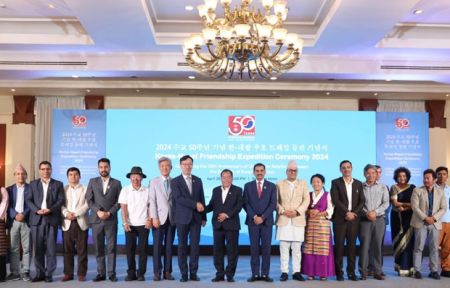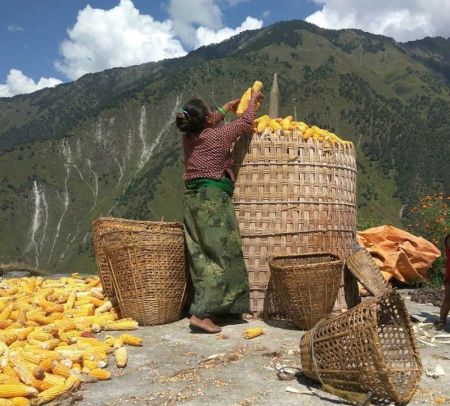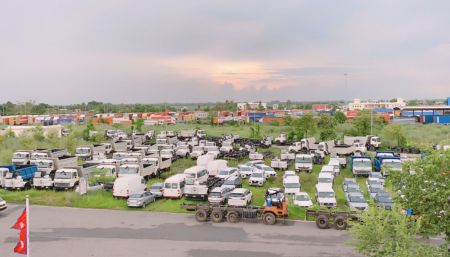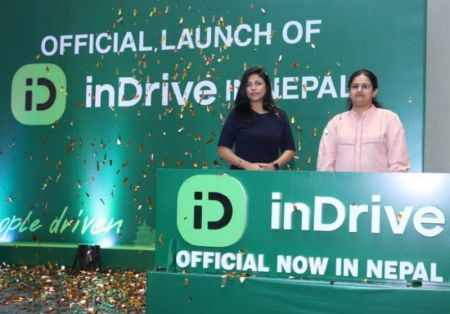 Achyut Luitel is the South Asia Regional Director of Practical Action, a United Kingdom based INGO working to improve the livelihood of poor communities through use of appropriate technologies along with disaster risk reduction and sanitation. In an interview with Sanjeev Sharma and Modnath Dhakal of The Corporate, Luitel talked about Practical Action’s activities in Nepal. Excerpts :
Achyut Luitel is the South Asia Regional Director of Practical Action, a United Kingdom based INGO working to improve the livelihood of poor communities through use of appropriate technologies along with disaster risk reduction and sanitation. In an interview with Sanjeev Sharma and Modnath Dhakal of The Corporate, Luitel talked about Practical Action’s activities in Nepal. Excerpts : Could you shed light on the major working areas of Practical Action Nepal?
Currently, we are working on four thematic areas - agricultural livelihood, disaster risk reduction, decentralized energy systems and urbanisation. As most Nepali citizens are dependent on agriculture, we have integrated market access of agro products, food security and livelihood of farmers. This approach is basically designed to help people of rural areas to raise their living standard through the combination of effective agricultural mechanisms and market access of the agro products they produce. Similarly, disaster risk reduction is focused on reducing the vulnerabilities of climate change which is posing a big threat in Nepal. Likewise, decentralized energy systems are our other major objective which is targeted to assist scattered communities to fulfill their minimum energy requirements as well as to help them in total energy access. We are associated with the United Nation’s ‘Sustainable Energy for All by 2030’ global campaign and are working closely with the Planning Commission to achieve the energy objectives. Finally, the thematic area of urbanisation is designed to reduce urban poverty. The decade-long insurgency and opportunities in the cities contributed to the rise of migration of rural people to the urban areas. This has led to increase in the number of poor in cities which is becoming a major problem. Our program Urban WASH (water and sanitation, hygiene education) programme is focused on improving the lives of the urban poor population.
How successful has it been to use technology to raise the living standard of targeted groups?
We have tried to address poverty related issues through the use of technology. We have introduced a new concept called ‘Technology Justice.’ The term has been defined as an alternative access to provide services to targeted groups that are underprivileged from taking advantage of new technology. One example is the use of the gravity ropeway system. Similarly, we are also providing technical assistance to farmers to adopt new farming techniques.
Lack of power surplus in Nepal has created a huge gap between people of urban and rural areas. Even people living in slum areas deserve to use a solar lantern. The alternative technology access programme can address the issue to some extent. We provide information as audio/visual contents to communities through our local partners. PA Nepal believes that the proper use of technology can support livelihood of communities.
Could you please elaborate the financial model that Practical Action has adopted?
We have two types of fund. First is the unrestricted fund known as the core allocation. The chunk of money from the fund is used for staff salary, office expenses, among others. The fund is also used in the piloting of new projects. As a member-based organization, our donors and supporters throughout Europe and United Kingdom provide us with donations. Next is the restricted fund that is brought in by winning international biddings. The money received in the restricted fund is allocated to the implementation of projects. Various trusts also help us in fund-raising activities. We submit an annual audit report to the government. We are spending about 2.5 million Sterling Pounds (Rs 400 million) each year.
The PA has been publishing the ‘Poor Peoples Energy Outlook’ (PPEO) report every year. How has the report helped the Nepal Government to outline and implement policies to reduce poverty regarding energy use?
We have been publishing The PPEO on an annual basis. The basic theme of the project is the way to use energy in community services and enterprise development. It is a livelihood-centered approach. The project can create awareness among stakeholders to take energy in a broad level. There is huge feasibility in enterprise development and community services (street lamp, school lamp). We need to take energy through the concept of minimum energy requirement and total energy access. However, the level of change is based on available resources and the political will of the nation.


